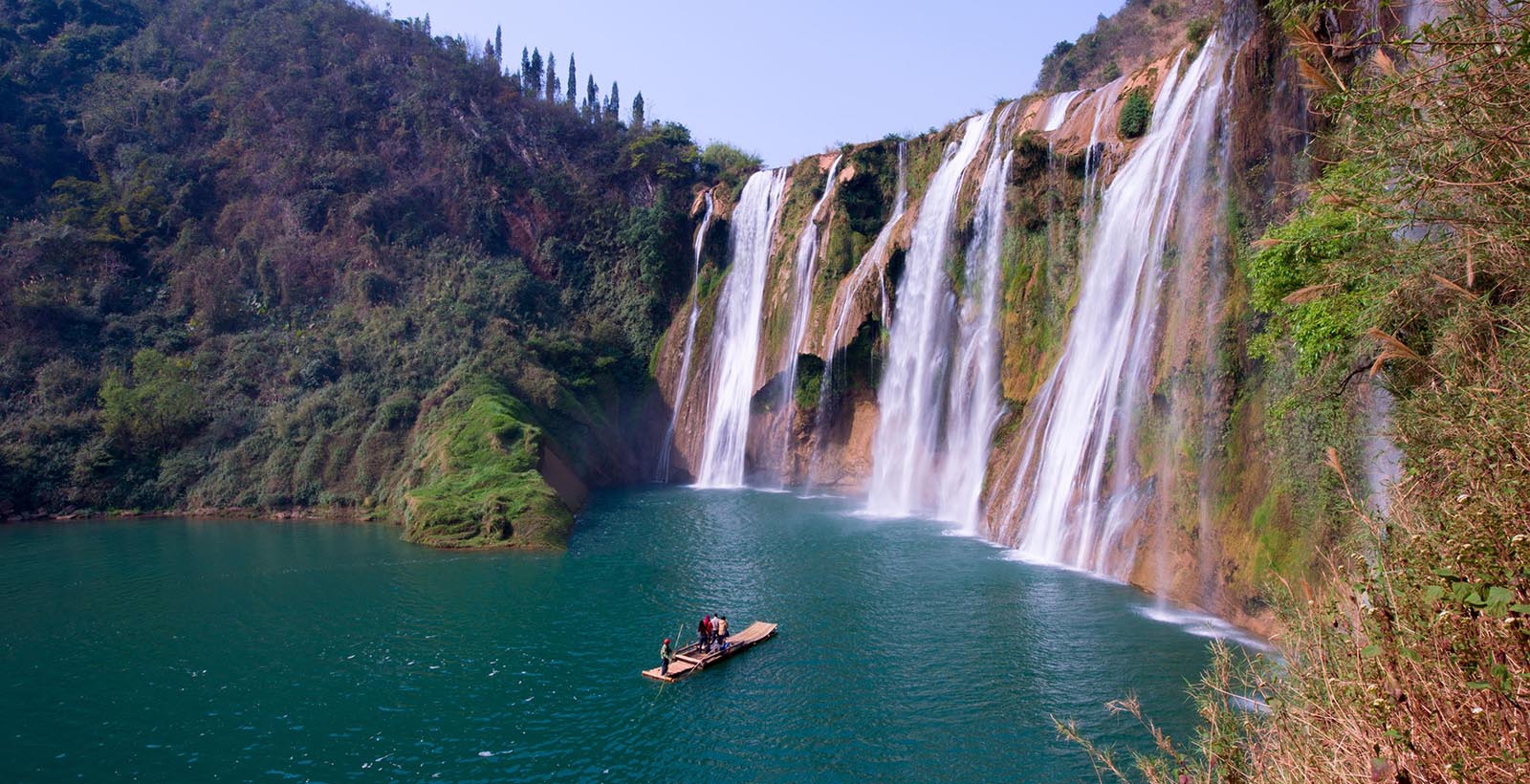

According to Sextus Julius Frontinus, the Roman consul who was named curator aquarum or guardian of the water of Rome in 98 AD, Rome had nine aqueducts which fed 39 monumental fountains and 591 public basins, not counting the water supplied to the Imperial household, baths and owners of private villas. The excavations of Pompeii also showed that the homes of wealthy Romans often had a small fountain in the atrium, or interior courtyard, with water coming from the city water supply and spouting into a small bowl or basin.Īncient Rome was a city of fountains. The excavations at Pompeii, which revealed the city as it was when it was destroyed by Mount Vesuvius in 79 AD, uncovered free-standing fountains and basins placed at intervals along city streets, fed by siphoning water upwards from lead pipes under the street. The Roman engineers used lead pipes instead of bronze to distribute the water throughout the city. The Ancient Romans built an extensive system of aqueducts from mountain rivers and lakes to provide water for the fountains and baths of Rome. Reconstruction of a Roman courtyard fountain in Pompeii (1st century AD) Fountains can themselves also be musical instruments played by obstruction of one or more of their water jets.ĭrinking fountains provide clean drinking water in public buildings, parks and public spaces. The musical fountain combines moving jets of water, colored lights and recorded music, controlled by a computer, for dramatic effects. A splash pad or spray pool allows city residents to enter, get wet and cool off in summer. įountains are used today to decorate city parks and squares to honor individuals or events for recreation and for entertainment. The highest such fountain in the world is King Fahd's Fountain in Jeddah, Saudi Arabia, which spouts water 260 metres (850 ft) above the Red Sea. The Jet d'Eau in Lake Geneva, built in 1951, shoots water 140 metres (460 ft) in the air. Mechanical pumps replaced gravity and allowed fountains to recycle water and to force it high into the air. īy the end of the 19th century, as indoor plumbing became the main source of drinking water, urban fountains became purely decorative. The baroque decorative fountains of Rome in the 17th and 18th centuries marked the arrival point of restored Roman aqueducts and glorified the Popes who built them. King Louis XIV of France used fountains in the Gardens of Versailles to illustrate his power over nature.

In the Middle Ages, Moorish and Muslim garden designers used fountains to create miniature versions of the gardens of paradise. Roman fountains were decorated with bronze or stone masks of animals or heroes.

In addition to providing drinking water, fountains were used for decoration and to celebrate their builders. Until the late 19th century most fountains operated by gravity, and needed a source of water higher than the fountain, such as a reservoir or aqueduct, to make the water flow or jet into the air. It is also a structure that jets water into the air for a decorative or dramatic effect.įountains were originally purely functional, connected to springs or aqueducts and used to provide drinking water and water for bathing and washing to the residents of cities, towns and villages. Petersburg, Russia) (8) Dubai Fountain (Dubai)Ī fountain, from the Latin "fons" ( genitive "fontis"), meaning source or spring, is a decorative reservoir used for discharging water. Peter's Square (Rome) (7) Samson and the Lion fountain (Peterhof, St. (Center) Jet d'eau, (Geneva, Switzerland) Clockwise from top right (1) Fontana di Trevi (Rome) (2) Place de la Concorde (Paris) (3) Fountain in the Garden of Versailles (Versailles) (4) The Hundred Fountains, Villa d'Este (Tivoli, Italy) (5) Fuente de los Leones, (The Alhambra, Granada) (6) Fountain in St.


 0 kommentar(er)
0 kommentar(er)
